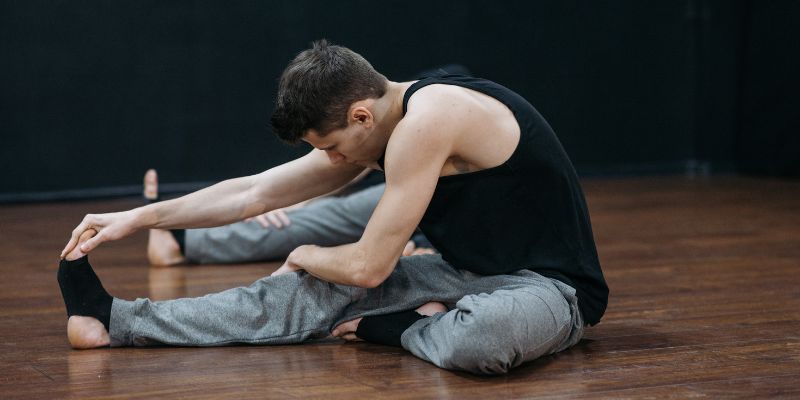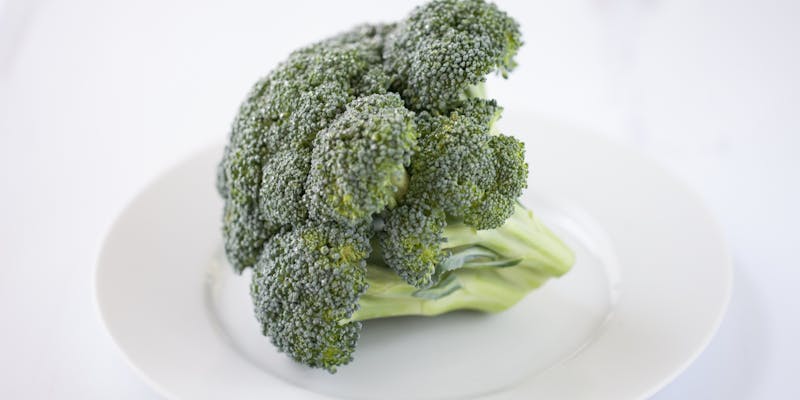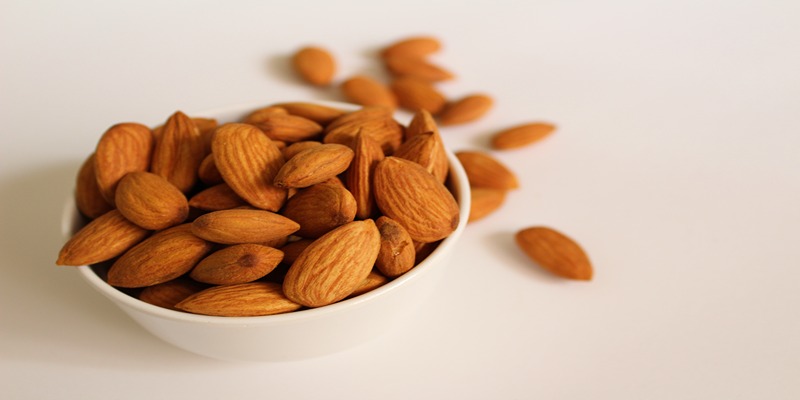Ease Your Back: Gentle Yoga Poses for Stretching Hamstrings
Feb 03, 2024 By Nancy Miller
Back pain is a weakening condition that influences your potential to operate on a daily basis and your overall health. Postural inaccuracies and enhanced strain on the lower back often bring back irritation. Both of these aspects lead to tight hamstrings. Settling yoga into your routine is an effortless but efficient way to prevent back pain and stretch your hamstrings. In this guidebook, we explained the basic yoga poses for back that concentrate on hamstring flexibility. These poses help bring down discomfort and boost your general well-being. Irrespective of experience level, these stretches are accessible and valuable for all levels of yoga practitioners.
Get Ready for Your Yoga Practice
Before you initiate anything:
- Settle in a quiet place where you may perform without being bothered.
- Have a yoga mat for support and stability.
- Wear clothing that won't hinder your range of motion.
- Call to mind to take deep breaths and examine your body's reaction as you go through each pose.
Yoga for hamstrings is not about overdoing it. It is about exploring balance inside your body. You can extend further, link with your body, and expand the benefits of each yoga pose when you practice with a passionate mind.
Yoga Poses for Hamstring Flexibility and Back Pain Relief
1. Downward-Facing Dog (Adho Mukha Svanasana)
Pinch your toes in and elevate your hips toward the sky. Now begin on your hands and knees. Straighten your legs as long as you can, sensing the tension in your hamstrings. Further, have a straight back as you rigidly press your hands against the mat. Maintain this posture for thirty to one minute. This renowned yoga pose is handy for mild depression, stress alleviation, arm and shoulder reinforcement, hamstring stretches, and circulation.

2. Standing Forward Lean (Uttanasana)
As you stand, lay out your feet hip-width apart. After taking a deep breath, release it by extending your hips rather than your waist. Your hands should rest on your shins or the ground, depending on your range of motion. Hold the position for thirty to sixty seconds, letting your neck and head unwind. Uttanasana gives serenity to the mind and expands the hamstrings and hips. It has also been depicted to aid with significant anxiety, tiredness, and stress.
3. Leaning Back Hand-to-Big-Toe Pose (Supta Padangusthasana)
Resting on your back, widen your legs. Tie a yoga strap or a cloth around one foot's ball. Gently pull the strap to bring your leg closer to your torso while keeping your other leg flat on the mat. Alter legs after 20 to 50 seconds of holding. This kind of pose steadily stretches the hamstrings and calves. It aids in freeing tension and stiffness in them. It is in particular handy for those who sit for long periods or have tight lower backs.
4. Half Splits Pose (Ardha Hanumanasana)
Step forward with one foot to begin in a lunge stance. Slide your heel forward and slowly extend your front leg. Reaching your hands down toward the floor, fold your body over your front leg. Feel the hamstring stretch, then hold it for a duration of 30 to 60 seconds. A good warm-up for deeper hamstring stretches is the half-splits stance. It may assist with alignment and posture and increase hamstring flexibility.
5. Seated Forward Bend (Paschimottanasana)
Straightening your legs out in front of you, sit on your mat. Now, take a deep breath and lengthen your back. Reach for your ankles while leaning forward from your hips as you set free the breath. Preserve an upright posture for a duration of 25 to 50 seconds. This posture improves flexibility and helps relieve moderate sadness and stress by thoroughly stretching the hamstrings and the whole back. It's a relaxing stance that helps ease headaches and lessen weariness.

Tips for a Successful Practice
- Never push yourself to stretch, and stop if you start to experience discomfort. Yoga isn't about competition or going above and beyond your comfort zone; it's about body and mind unification. As you practice, pay attention to the cues your body gives you. It's crucial to modify the stance or change your position if it causes you any pain or discomfort. Recall that the purpose of yoga is to enhance health and well-being rather than to injure or strain people.
- Regular practice of these postures is essential for seeing gains in flexibility and a decrease in back discomfort. You can help yoga become a natural part of your day by creating a routine. If you have a little time each day, set aside a definite period for your practice. This perseverance will pay off in the long run by advancing your practice and strengthening your bond with it.
- Combine with strengthening: For healthy body mechanics, combine your stretching regimen with back and core strengthening workouts. A comprehensive practice enhances the general health and functionality of the body. Exercises for strengthening the muscles that support your spine and improving posture may help prevent and treat back pain. You may construct a complete yoga practice that addresses both flexibility and stability by mixing stretching and strengthening exercises.
Potential Challenges and Solutions
It is possible to have tightness or struggle to express a position fully. That is entirely typical. As you practice, support yourself with props like folded blankets, yoga straps, and blocks to help you get more flexible over time. Recall that practicing yoga is a personal path, and that path includes respecting your body's limitations. As you advance, self-compassion and patience are essential, and little steps taken now may pay big dividends later on.
Conclusion
Yoga poses that target your hamstrings may be a simple but powerful way to prevent and treat back pain. Including these stretching exercises in your practice can help you achieve a more balanced, pain-free body in addition to improving the flexibility of your hamstrings. Accept the process, give it frequent practice, and see how your body expresses thanks by being less sore and having more movement. Yoga is a track of healing and self-discovery as well as a physical discipline. Accept every session as an exceptional opportunity to take care of your mind and body. Also, relish this way to a more balanced, fitter version of yourself.

Free Radicals Explained: Causes, Risks, and Protective Strategies

Tasty Ways to Incorporate Broccoli into Your Weight-Loss Diet

Are You Getting Enough Iron In Your Diet? Best Food To Get Iron

Effective Strategies for Sustainable Weight Loss

Exploring the Wonders of Cupping Therapy for Radiant Skin

Tips to Avoid Acid Burn While Enjoying Pineapple

Maximizing Health with Vitamin E: Benefits, Foods, and Deficiency


